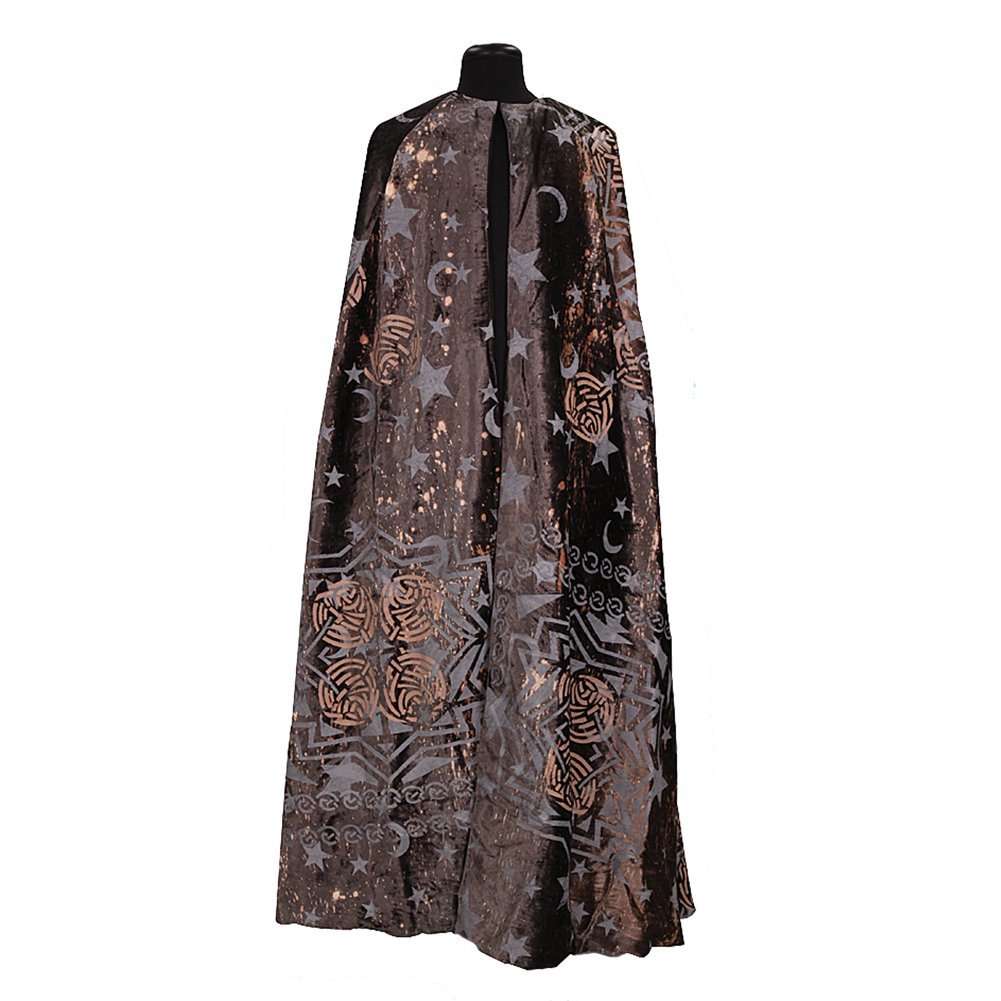Whether it’s used as a plot device or simply as a cool effect to amuse spectators, invisibility is and has been part of science fiction for almost as long as the genre has existed. One early example is H.G.Wells’ The Invisible Man—a novella about a former medical student who invents a serum to render himself invisible. Today, scientists all around the world have been developing different experimental techniques in attempt to make objects invisible.
H.G. Wells’ idea of achieving invisibility was to change the body’s refractive index to that of air so that you would become invisible to the naked eye. The refractive index is the property of a substance that determines how light is bent when entering a material. While this index can be modified for a substance given the right conditions, altering the index of the human body directly is a much bigger project involving more challenges.
Most research in this area focuses on different materials that bend light away in a manner that could then be used to cover a body, similar to the invisibility cloak from Harry Potter. These materials range from carbon nanotubes, which simulate mirages, to optical camouflage, which—in simple terms—consists of projecting what’s behind you to create the impression that nothing is there.
The mirage effect is the same that causes shimmering on roads on hot sunny days. The temperature difference in between the asphalt and air causes the light to bend, or refract, away from the road. Researchers at the University of Texas at Dallas NanoTech Institute took advantage of this phenomenon through the use of carbon nanotube rig in 2011.
Carbon nanotubes are, as their name suggests, sheets of carbon wrapped up into cylindrical tubes. They are extremely strong and have many other interesting qualities, one of which is an extraordinary capacity to conduct heat. This makes them excellent producers of mirages. To achieve this, sheets of the tubes were submerged in a petri dish of water and electrically heated. This method has its limitations, as a large-scale model is difficult to reproduce and the great discharge of heat would make for a poor invisibility cloak.
The optical camouflage is a simple enough idea that is relatively hard to produce. It involves using technology to create a garment that will adapt to the wearer’s surroundings, turning him or her invisible. Yet, in 2012, Susumu Tachi, the principal investigator of the research team at the University of Tokyo’s Tachi Lab, managed to do just that. Essentially, a computer scans background imagery and projects the picture onto a cloak made of very reflective material, similar to what’s used for stop signs.
The most recent attempt at invisibility is an interesting approach pioneered by professor George Eleftheriades and PhD candidate Michael Selvanayagam from the University of Toronto. Their idea is to surround an object with antennas that would cancel outgoing radiation from an object, rendering it invisible to whichever light spectrum is being targeted.
Light is not simply constrained to what we can see—it has a wide variety of spectrums including microwaves, radio, infrared, and ultraviolet. Our visible spectrum is a minute fraction to the possible wavelengths of light. When light strikes an object, it reflects back and our eyes capture that outgoing wave. It is these types of light spectrums that the antennas would target.
The antennas covering an object can emit their own electromagnetic fields—another word for light. Therefore, when these antennas are attached to an object, the fields emitted cancel out the light that is usually reflected from the object. As a result, there is no light bouncing off of the object for our eyes to perceive—rendering it invisible.
The theory is that this method could cloak an object from the visible spectrum; however, doing this would require antennas tens of hundreds of nanometres in size. Eleftheriades’ and Selvanayagam’s method only works for microwave and radiowave detectors so far.
Although actual cloaking has yet to be perfected, this new development shows great potential for additional research on the topic. Further efforts may, in the future, result in the development of an active invisibility cloak.









